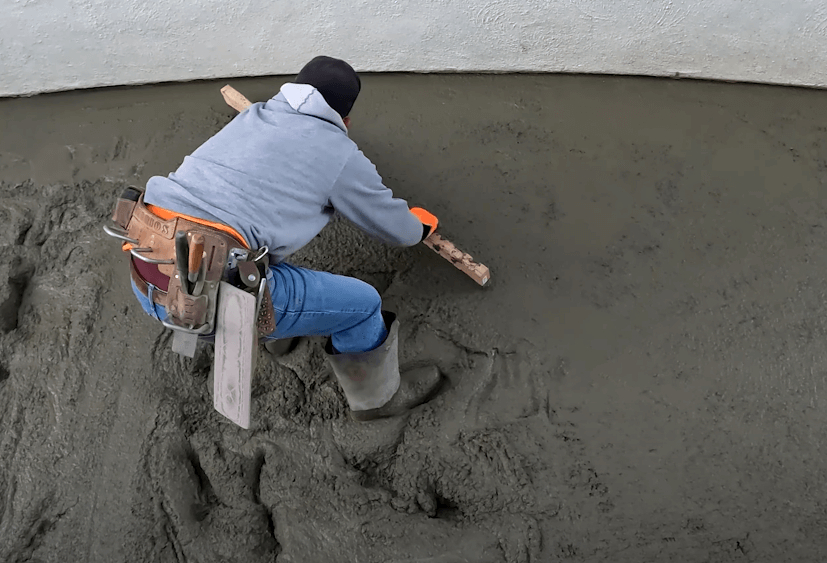Initial impressions matter. We are drawn to aesthetically beautiful surfaces and turned off by dirty, worn-out, and broken surfaces, regardless of how frequently we are urged not to judge a book by its cover or to ignore physical features. You are aware as a homeowner of the significance of curb appeal for maintaining the home’s good condition as well as for real estate objectives. It can be quite expensive and time-consuming to fix cracked concrete. Fortunately, you do not need to tear up the existing concrete and have it re-poured if your driveway, patio, or sidewalk is only slightly damaged or worn out. Concrete resurfacing can save the day in this situation. Resurfacing concrete is what? Your interior and outdoor concrete surfaces can get a new polish with concrete resurfacing without the inconvenience of a full replacement. The procedure is simple and helps you avoid wasting a lot of money that would otherwise be spent pouring fresh concrete over your existing surfaces. You can modify the appearance of your floors and concrete surfaces thanks to the variety of decorative treatments available with concrete resurfacing. Continue and see this post to learn more about concrete resurfacing.
How Does It Function?
In order to repair a damaged concrete slab conventionally, you would have to remove all of the previous surface and material. This takes a lot of effort and time. The new surface is then poured with fresh concrete. This method requires a lot of labor and can be highly expensive, especially if a wide area needs to be covered. Concrete resurfacing differs from the conventional method in that it builds on top of an existing concrete structure. The existing concrete area is simply covered with the concrete resurfacing material.
How Is The Area Prepared For Resurfacing Concrete?
Cleanliness and the absence of any debris, including loose concrete, should surround the area that needs to be resurfaced. Power washing the surface is a great way to get rid of any flaky, loose concrete or other debris that has been left behind. Make sure to thoroughly clean the surface if you intend to wash it with soap or other chemicals. Your concrete resurfacing material’s ability to adhere may be negatively impacted by soap or chemicals. The ability of the resurfacing material to adhere to the surface may also be hampered by extraneous particles or dirt. To provide a smooth surface for the resurfacing material, any surface cracks and imperfections should be filled in using repair material. Then, to provide a smooth and even finish, the resurfacing material is poured over the space and distributed evenly. A smooth and lovely new floor will be left behind once the fresh concrete has dried. Although the surface of your new driveway or garage will be smooth, if it rains, they can become slick. Adding non-slip coatings is what we can do to stop that. Any desired decorative treatments may also be applied to the surface to enhance it.
What Materials Are Used in Concrete Resurfacing?
Concrete resurfacing is, to put it simply, the application of a thin cement-based overlay combined with unique bonding agents. It is poured over concrete that already exists and adheres to produce a lovely and smooth new surface. Your new surface becomes stronger and more durable as it dries. Prior to driving on it, you should wait at least 24 hours.
What Are The Advantages Of Resurfacing Concrete?
Concrete resurfacing has several advantages besides only saving you money and updating your outdated driveway or patio. In this blog post about the advantages of concrete resurfacing, we go into great detail about it. Briefly put, concrete resurfacing is quicker and less expensive than tearing up old concrete and pouring it from scratch. It also saves time and money, is resistant to further wear and tear, allows for custom finishes, and gives you brand-new, smooth, and attractive surfaces for your home and its surroundings.
Does My Surface Meet The Resurfacing Criteria For Concrete?
Smaller sections with damage are most suited for concrete resurfacing. You might wish to start by repairing any severe damage or major holes in your floors. Resurfacing concrete cannot correct structural issues. Major fissures will eventually show through your new surface if you pour concrete over them, forcing you to deal with them once more.
